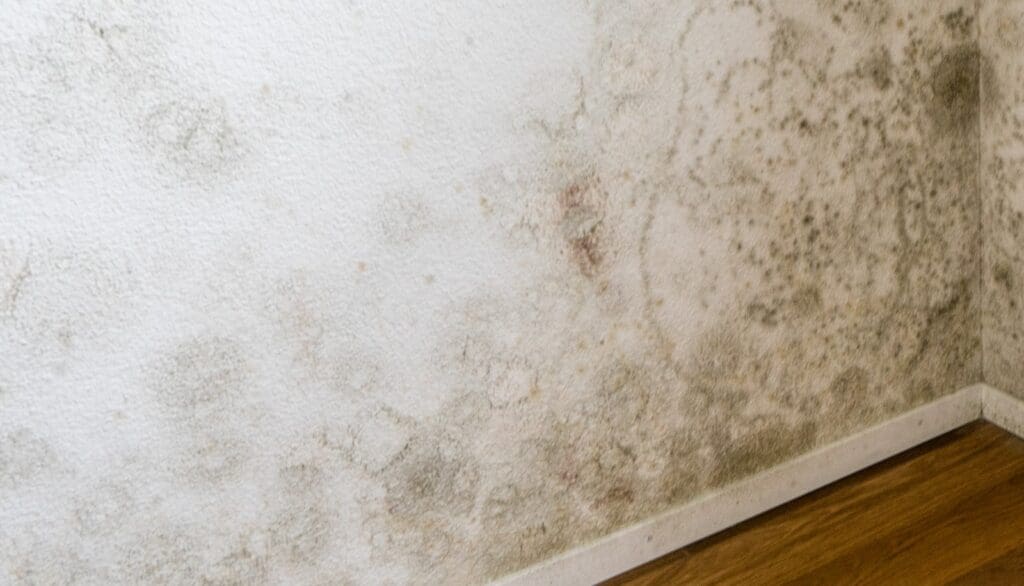
Published on July 28, 2020
When it comes to home renovation projects, roofs always seem to take a backseat to master bedrooms, kitchens, or outdoor living spaces. Unless a bunch of moss is growing or there are missing shingles, many homeowners just assume the roof is in good shape. Right up until that first drop from the ceiling drops onto the morning paper.
It’s bad enough having to set out pots, buckets, and mixing bowls to catch dripping water from the ceiling. But at least you can see there’s an issue. Many times when a home has a leaky roof, the homeowner doesn’t know until it’s too late.
Maybe there are loose or broken shingles. Maybe flashing wasn’t installed correctly. Or ice dams have formed during the winter, pushing water underneath the roofing where it refreezes, expands, and pops nails. Whatever the reason, allowing water into the home will be a huge headache.
Not only can it lead to structural damage that requires attention, but it can also make you and your family sick. As the water works its way under your roof shingles, into the attic, and down your walls, it will moisten the insulation and drywall. Combined with the warmer temperatures in the house, and it’s a perfect recipe for mold.
Issues With Roof Leak Mold
Along with whatever roof damage you may have, you now have to be concerned about water damage in the walls, potentially removing insulation in the attic, and replacing damaged roofing materials. But allowing mold to grow and spread may be the most harmful part of a leaky roof.
Health Issues
Mold spores are actually a part of our everyday lives, just in small quantities. However, when mold growth is allowed unchecked, those spores can multiply and cause health issues. If anyone in the home has asthma, large amounts of spores can have a toxic effect on the condition.
Even in those that are healthy, spores can cause respiratory issues, bronchitis, and can even start growing on the living tissue inside someone who is already compromised by certain health issues. Now, this doesn’t happen overnight, but prolonged exposure can certainly affect the health of your family.
That’s why it is important to investigate the first signs of a roof leak. Watermarks on the ceiling or pooling water at the base of a wall are clear indications of a leaking roof. By having a professional home inspection done, you will be able to begin mold removal sooner rather than later.
Structural Issues
Part of mold remediation is removing parts of the home that contain a large concentration of mold. In addition to drywall and insulation, framing studs or joists may need to be replaced as well. Even if mold isn’t present, water can do enough damage to your home on its own.
Common in bathrooms and kitchens with leaky plumbing, dry rot occurs when water is allowed to pool on wood. This allows fungi to grow that eats away the wood, making it brittle. If that wood is load-bearing, the floor/ceiling could be compromised.
Roofing Experts
No matter how good a roof looks, any issues with the roofing system lead to problems. Structural damage and mold are just two of the problems that can happen when a roof has been improperly installed, has been damaged, or is just at the end of its lifespan.
Warner Roofing and Construction have been installing roofs, repairing areas of a roof, or tearing off roofs for re-installation since 1992. In addition to roofing, we also perform construction tasks as they pertain to the roofing system, such as trusses or joists in the attic.
If you begin to notice “coffee stains” on your ceiling, or it’s just time for a new roof, contact Warner Roofing for a free estimate. We offer a wide variety of roofing options as well as install skylights and solar tubes. If you have questions about your roof, give us a call today.